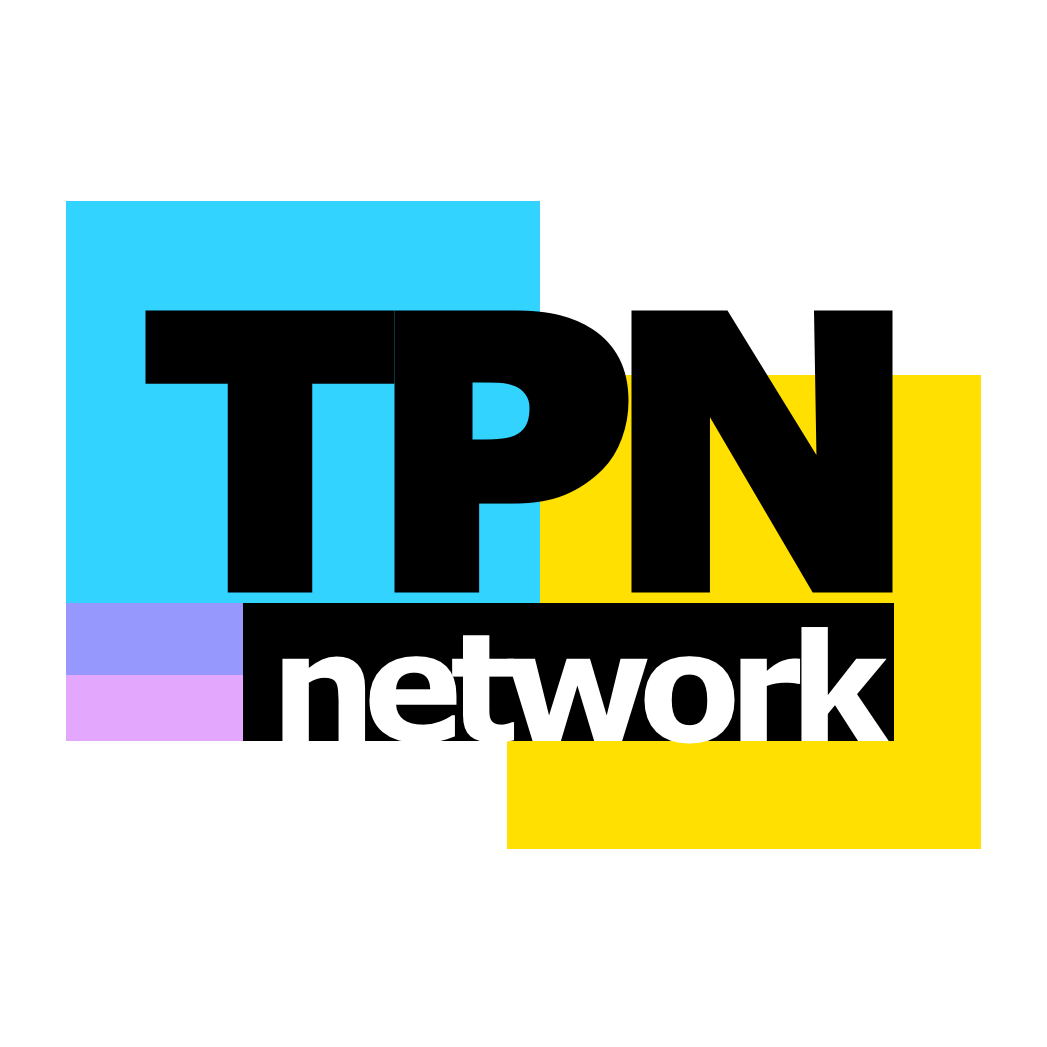In this blog, we will explore the most efficient way to determine the ROI of a Procure-to-Pay solution. In the first part of this blog, we will look at the steps to calculate an exhaustive TCO. In the second part, we will look at the potential savings associated with P2P.
In his last article, Xavier Olivera enlightens us on the importance to calculate a holistic TCO. The article lays out a number of questions to drive us toward the principles of gathering an exhaustive total cost of ownership (TCO). Here is a summary of his thoughts:
- What are your software costs? For Cloud-SaaS application, it will include the subscription fees on the period.
- What are your hardware and infrastructure costs? In a SaaS model, they are normally included.
- What are your implementation costs? Including all components that are in the original statement of work along with the team allocated to the project. (Project manager Business users).
- What are your administrative and process costs? The value and efficiency of administrative activities needed to be considered in the “war on waste.” Processes to monitor include: e-procurement, accounts receivable, invoicing, accounts payable, supplier onboarding and reporting (or analytics).
- What are the ongoing costs for using/maintaining any customizations, solutions upgrades, systems instances and data quality?
- What is the cost of working with your suppliers? Consider which costs impact your P2P TCO process either directly or indirectly (like supplier fees, or network fees).
Now that we have established the baseline of the calculation of an exhaustive TCO, we are going to address the tangible savings obtained with a P2P. There are two types of tangible savings that can be analyzed: the savings related to business improvements and savings related to process efficiency.
- The business improvement is addressed with a better compliance to the rules set within the organization. For example, this includes the reduction of maverick spending and the reduction of budget overspend. On the invoice side, the business improvement will be associated to the increase the early payment discounts.
- The process efficiency is associated with the automation of the purchasing and invoices processes such as: cost reduction on the Req to PO process, automation of the invoice capture and three way matching as well as reduction of the vendor enquiries by using the vendor portal instead of calling the A/P team.
To conclude,
Now that there is a clear understanding of the costs and savings, a procurement practitioner can easily determine the critical component of the project: the ROI. (Ratio of the cost over the savings during the same period). In addition, other metrics can be used to measure the profitability of your project: the project payback (Usually measured in weeks or month), the net present value (NPV) along with the cash flow freed during the project.

